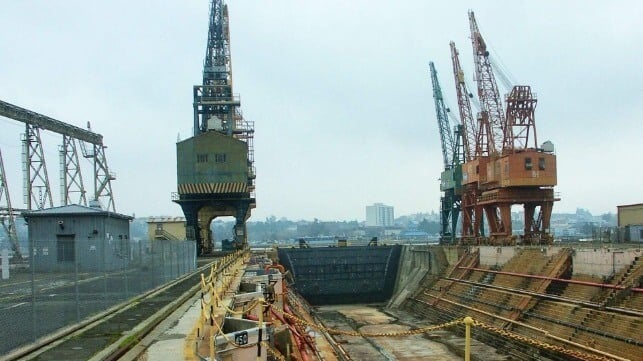Grok:
Q = Where do most of the electrical power transformers used in the United States come from?
A = Most electrical power transformers used in the United States are imported, with over 80% coming from countries like Mexico, China, and Thailand, according to a 2024 DOE report. Mexico is a particularly significant source, with some estimates suggesting it supplies a large portion of the U.S. market. Domestic production exists, with manufacturers like the Electric Service Company (ELSCO), UTB Transformer, and Olsun Electrics contributing, but the U.S. relies heavily on imports due to cost and manufacturing capacity. This dependency raises concerns about grid reliability, especially as electricity demand grows.
_________________________________
Another casualty of the trade wars: now we don't have transformers
Jul 16, 2025
American companies can produce just 20% of our capital equipment needs in electrical power and transmission.
The United States will soon need to replace over 30 million power transformers on existing power grids, while somehow meeting the enormous new power demand from factories and AI data centers.
Under US law, all the new components and materials used by electric utilities must be build in the United States.
Wait times for new transformers and switches are now over three years, and costs are rocketing higher.
Closing scene, Nantong, Jiangsu
Resources and links are below the vid on youtube.
5:48
____________________________________
Old saying: You don't shit where you eat.

 neuburger.substack.com
neuburger.substack.com






















